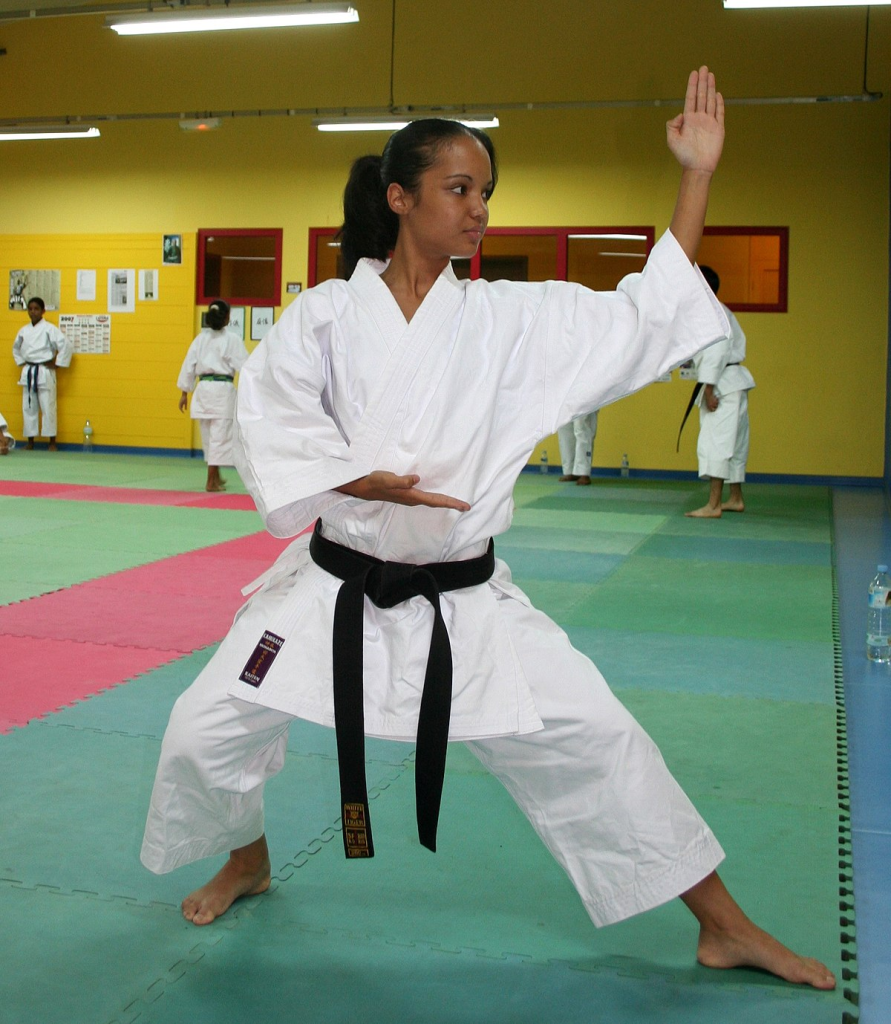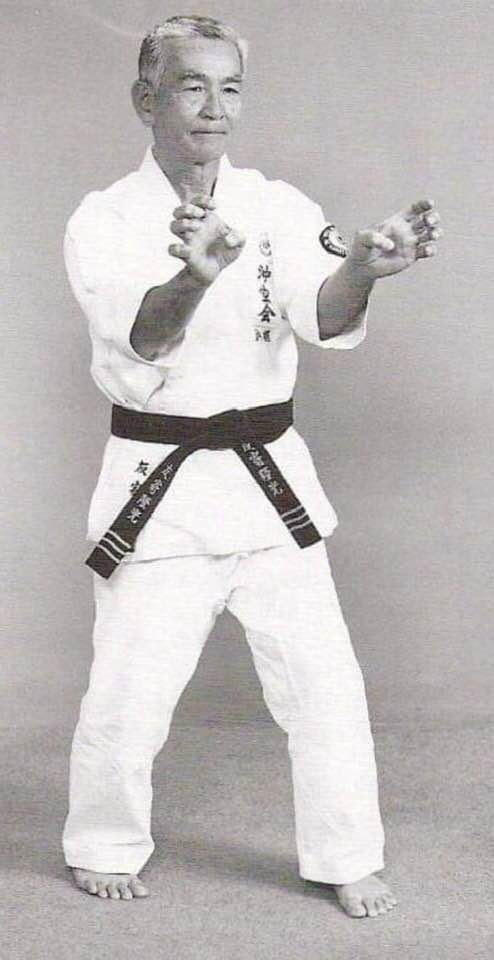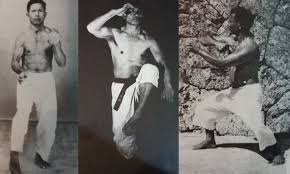
Been a while since I updated this blog.
I am going to talk about forms again, and I’ve changed my mind a bit since the last time I began writing about this topic.
But before I do that, I have to set the stage of what my point is.
I’ve been busy dipping my foot into the Constraint based approach for teaching and learning, Ecological dynamics, active inference and embodied learning. Currently reading Dr. Robert Gray’s book, going to read a book on embodied learning and active inference. But most of what I have done is being mentored by a friend who uses these modern approaches to training for his own school.
Now I really think Ecological dynamics for instance, is pretty much where any good martial arts is going to go, this is the future with 10 years of science backing it up in sport science and martial arts. Thing is, I noticed Ecological dynamics people can be dogmatic. They say once you go into ecological dynamics, it’s all or nothing. You can’t mix traditional teaching methods with it.
Generally I think they are right, in some ways you would be wasting your time. But from what little I know about active inference, there is some room for mixing and matching teaching styles, albiet to a limited.
My point is, these guys have science behind them, but they think Ecological dynamics is the only way, they don’t realize science and learning is complex, and sometimes the information processing model of traditional learning may have come into existence for a reason, or that there are other concepts (Like active inference) that are based on similar science, but lead to different conclusions or have more freedom in how it’s applied. Back when I followed Steve Morris, he once got upset some people he worked with would mix traditional teaching models with his methods(Which was basically ecological dynamics) because that’s what the science said. Maybe Steve knows this now, but newer research on constraint based training and similar sciences are showing, maybe, just maybe you can mix it up.
There is alot more I can say about Ecological dynamics/Active inference/Embodied trianing, such as striving for goals instead of ideal outcomes. But this isn’t entirely about this science.
Ecological dynamics and constraint based learning there are concepts and terms to know. I’ll run them down before talking about Kata/forms.
Constraints: In sports they are rules, and then whatever works under those constraints/rules is how a style or sport will look like. In traditional martial arts it may be the nature of drills(like sticky hands) and what is allowed or not allowed in the drill, which thus makes a style like Wing chun looks the way it does or expresses itself. Even “Street” styles have constraints, such as safety for drills or the culture or partners. Constraints can also be applied to people personally, a guy with no flexibility and short legs may be constrained in how he plays guard or kicks. Etc etc.
Invariants: You could call them the bare bones of what makes a technique work, which is often how it’s used in martial arts, but it also is basically things that always happen in a fight, or have to happen for an outcome to occur, ideal or not. Some people who do ecological teaching don’t even talk about invariants or even teach them, they think everything is self-organized, no direction, but really you can guide the practice, you can show invariants. It’s even in Robert Gray’s book.
Emergence/Self-organization: A fancy way of saying, basically once you have an idea of something, or no idea but put in a fighting or sport context(the environment, the ecology) you basically will figure shit out. It’s a fancy way of figuring things out without going through your memory for a piece of information or a technique to apply in a context, an ‘environment’ of a fight or sport. Emergence is how you get the outcomes you want, you self-organize into that, or self-organize into invariants, or you use invariants and organize around it.
Attractors: Movement patterns that are a result of your previous movement history or natural movements a person does that emerge in an environment(Context in a fight, etc) which can be good and encouraged by a coach through constraints added into training or weeded out if negative by constraints. Ecological dynamics say attractors are purely based on movement history and nature, while active inference says your sense of identity and personhood can also be a reason for attractors.
There is more but I’ll set the stage with that.
Now lets talk about forms and Kata:

Most people who love aliveness, ecological dynamics absolutely hate Kata. My own karate teacher broke away from other karate people because they loved choreographed pre-arranged work. Memorized new kata and repeated kata for no reason, and generally only did resistence with some stupid touch sparring bullshit than anything combative or dynamics beyond that.
He grossly parsed down how much Kata we did.
Thing is, I don’t blame him for considering that, because of how forms in Kung-fu and Kata in Karate are talked about. People say applications of the forms should be the focus, to explore the forms and find ways to do techniques. But honestly it’s such an ineffecient use of time. One thing Constraint based training and eco/inference/embodiment all show is that by putting yourself into an envornment or combat context and then giving yourself constraints, you will have techniques become emergent.
Why waste time parsing through the movements of a form when you can just constantly fight and learn though applying constraints and learning invariants? The only motive to parse through forms is historical preservation, that’s it. Even if you like memorizing techniques, there are books and video today, you don’t need forms. Your teacher says forms is how to preserve the style, but we dont need that today, and ecological dynamics would say styles shouldn’t exist, they don’t exist, only outcomes from constraints.
(Though active inference would say: Yes styles can exist if you want them to, or do because of agency)
We are told Kata contain techniques, everyone says it. Whether chinese or japanese martial arts. But if that’s true, then forms just such and shouldn’t be a thing, because it’s absolutely the worst way to learn techniques and outcomes.
So why do I still practice them? Why do I advocate for them to exist?
Because whether it was intentional or not, forms, especially the fluid forms of Kung-fu and Chinese influence Okinawan karate styles are very very good at developing attractors and showcasing movement invarients.
I don’t think this applies to the stiff, segmented forms of Japanese karate or some variations of Okinawan karate, but that’s not how I do my forms, so I will focus on what I am familiar with.
I’m going to talk about some forms in my style to demonstrate my entire point.

Sanchin: Teaches ‘perfect’ balance and how to step with balance. How to connect the feed, and having every part of your body working like a gear to the hand. Again this is my Sanchin, not the stuff most Uechi-ryu schools do where the arms are only moving and everything else is still. This is the base. You can get the invarients of a few techniques and tactics with it, but it’s mostly a base more than a fighting form. This is an attractor, if you do this form and apply it to not only all your fighting but everyday life, you will always move into sanchin and it’s structures when doing something.

Kanshiwa: How to take the structure of Sanchin and how to pounce, rip and slam with it. This provides the attractors for that expression. What techniques will you use? Go rip, tear and slam with Kanshiwa in mind, and see what is embodied, how do you self-organize? This is the tiger. Embody yourself as the tiger, see what happens. That is where the techniques of the kata will come. Don’t try to figure it out movement by movement.

Seisan: Taking Sanchin and being sharp, flapping and whipping with it. Where are the techniques? Take the embodied sensations of Seisan and put yourself into different alive constraints, and see how you react with this intention in mind. This is the crane, you embodying that intention of Sanchin. See what comes out of the fight, don’t parse through the form to figure it out.

Seichin: This takes sanchin structure and general movement to rolling and undulating. This is the dragon. Again, fight with the intention of rolling and undulating, be the dragon. See what happens in the context with this embodied movement in mind rather than parse through every damn piece to see what techniques come out.

Sanseiryu:
This form plays with exploding and closing distance with some very circular patterns. You know what I said above, get the intention and embodiment of sanchin with this in mind, and go see what happens.

The queston is, if forms are there to create good attractors for transitons and movement, alignment that show up in a combat environment, why don’t people who do lots of forms perform well compared to people who don’t do them?
Well usually someone that does Karate or kung-fu just sits around memorizing forms. Out of one hour and a half of training time, 40 minutes goes toward forms, maybe another half an hour to stupid choreographed pre-arranged kumite or similar drills, or an isoteric skill drill that doesn’t exist in combat. And then finally they do fighting drills or spar.
Vs.
The Muay Thai or Folkstyle wrestler who is always in a combat environment, from the start to end of class.
One reason I had success with forms as a martial artist is because I know only 5 very short forms and Yilu from tai chi. And i’ve done only those for fifteen years, I don’t just practice them but integrate them into fighting. When I learned these forms, it was just five to ten minutes at the beginning or end of class, and the rest of it was a fighting drill or skill drill, some form of a real combat environment. Then I did the forms at home as a form of meditation or just feeling transitions.
I would fight or do a constraint drill of some kind, and suddenly I’ll get an outcome without thinking, and when I look at what I did, it was some part of the form. I never picked the movement out and applied it, my body just self-organized that way due to the forms creating attractors in me. I don’t do the movements perfectly like the form, but the invarients are there.
That’s mostly how I see the training manifesting for me. I spend my time in the combat environment and learn invarients of techniques or contexts/environments, and then when i do the invarients, the forms are my attractors.
I ran this by a friend of mine who teaches Northern Praying Mantis and Shiao Jiao(chinese wrestling) and he said something like this (I’m paraphrasing)
“Your karate style is essentially Hakka kung-fu, and the way they move and do things lends to your theories of attractors and invarients. But my lineage is Northern Chinese martial arts, and they have a different history. But I do find your theory interesting”
I then asked him, “I heard Taoist and chinese cultural views on Taoism and Chinese medicine is a big influnce on forms”
And he basically cited some chinese history translated into russian and said, “The Taoist and Chinese medical philosophy was not an original part of most kung-fu. It’s a 18th/19th century thing to appeal to chinese nationalism and the college educated chinese folks who want their kung-fu to feel deep, and so the kung-fu teacher can market his stuff”
Me and him had many conversations, and he largely talks about how many Kung-fu systems didn’t have many forms for most of their history until recently when kung-fu schools had to market and compete for students, they needed to fill curriculums up so they either collected or made up forms. Chinese communism made it worse.
So even some of the hisory supports my theories, your attractors and embodiment training from Kata largely can only happen if you only know a few forms(Because likely that’s all you’ll have time to do) and spend lots of time in your fighting environment your trying to use.